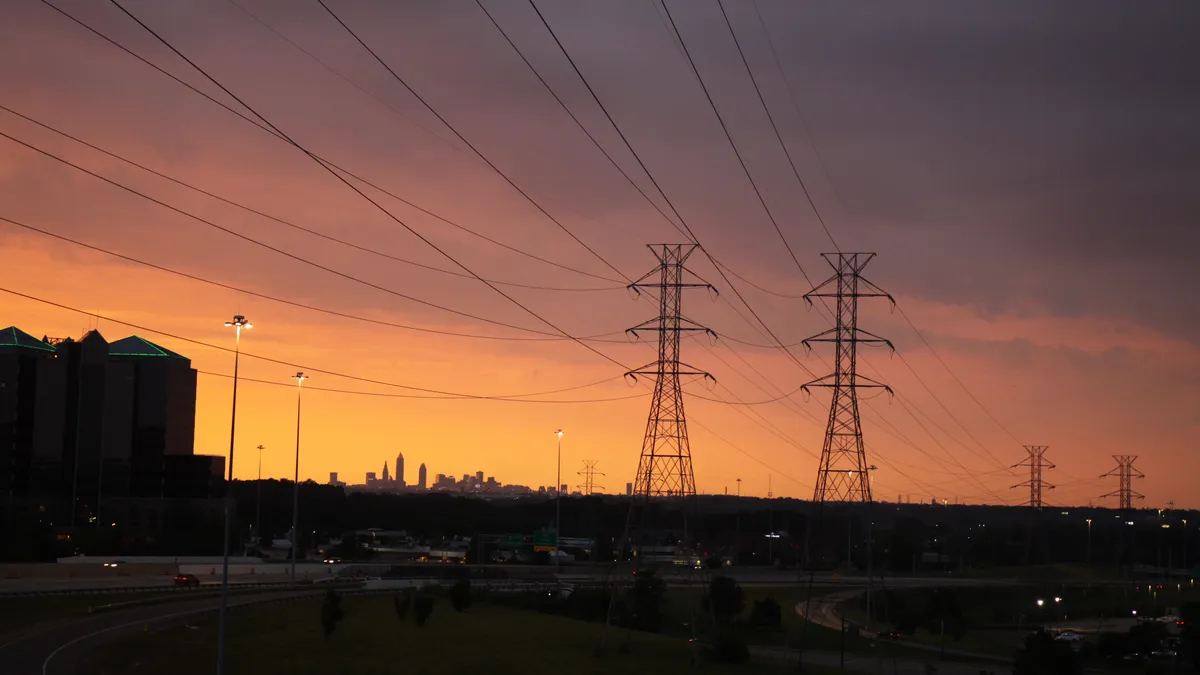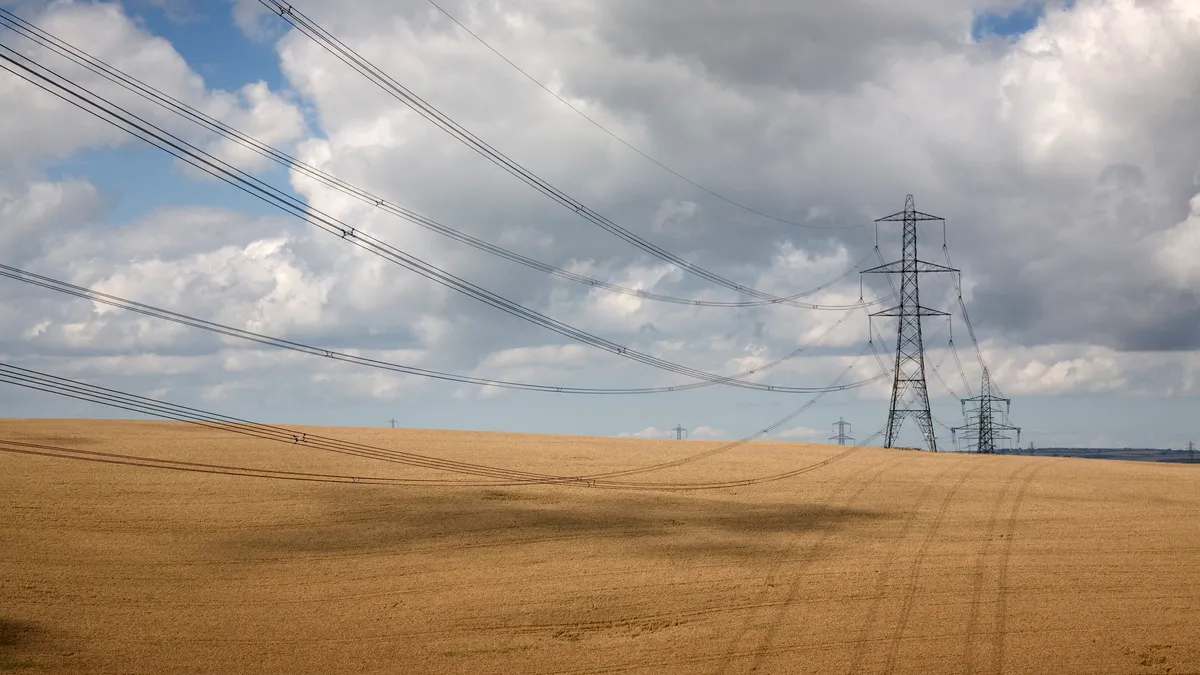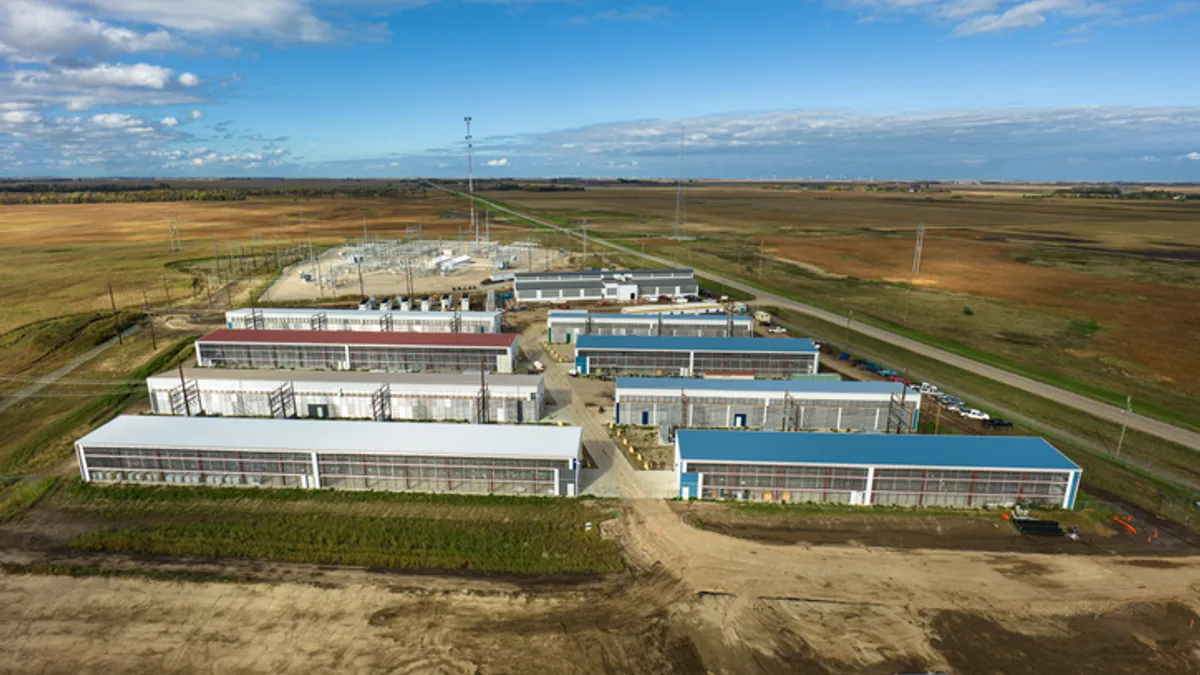Ari Peskoe is director of Harvard Law School’s Electricity Law Initiative.
Investor-owned utilities are profitable companies. Already valued at a trillion dollars, utilities pursue growth to boost shareholders’ gains and impress potential investors. But rather than chasing profits through competition, like other businesses, utilities focus on changing the rules to thwart competition and create monopolies.
Utilities are currently arguing, before the Federal Energy Regulatory Commission and two federal courts, that they have a legal right to raise entry fees on new power plants. This would amount to a tax on new entrants into wholesale power markets that would enrich utility shareholders at the expense of the public.
Connecting a new power plant to the transmission network is already too expensive. Developers wait years mired in technical assessments only to be told they’ll have to pay tens of millions of dollars to upgrade an aging transmission system. These hefty entry fees are primarily paid by wind and solar developers who are inheriting a high-voltage network designed for traditional steam-powered resources.
Now, utilities are defending their ability to raise costs even more. In several regional markets, utilities claim a right of first refusal to finance and earn a return on the transmission network upgrades deemed necessary by the industry’s generator interconnection studies. This scheme would not only deny power plant developers the option to find cheaper funding, but it would also hand utilities a cut of the generators’ profits.
The utilities’ surcharge amounts to a tax on new power plants that threatens clean energy progress, could undermine fair competition in energy markets, and will increase consumer prices. Fortunately, FERC is looking to end it.
FERC’s rules don’t address utility incentives to stifle competition
In the past year, FERC has taken major actions against poor utility performance. FERC ’s new rules update procedures for: interconnecting generators, sharing costs of transmission upgrades among generators, and developing high-voltage projects that could meet our long-term energy needs.
But when FERC’s rules conflict with a utility’s short-term profits, the utility can often prioritize its own parochial interests, even if doing so undermines FERC’s directives. While FERC’s rules encourage power market competition, utilities prefer to tilt the transmission network in their favor. For instance, by delaying interconnection studies or under-developing high-voltage transmission, utilities make it more expensive for their power plant competitors.
Utility self-funding of network upgrades would be another weapon that utilities could wield against competition. In addition to quick profits, self-funding offers two benefits for utilities as compared to other potential transmission investments.
First, because generators pay for the upgrades directly to utilities through the interconnection process, utilities don’t pass the costs directly to ratepayers through transmission rate increases. Second, by relying on generators to help identify upgrades, utilities can avoid public reviews of their transmission investments. These shifts from the normal approaches to transmission cost recovery and planning insulate the utility from the scrutiny that can accompany major spending.
In June, FERC opened an investigation into utility funding of network upgrades and signaled that it would allow generators — and not utilities — to decide whether to finance the upgrade projects themselves. That approach would allow market participants to choose the cheapest funding option for transmission upgrades.
To motivate transmission development, FERC should reject utility monopolies
The utilities responded by arguing that FERC’s investigation is illegal. They claim that any rule denying utilities’ profits from network upgrades would violate at least two provisions of the U.S. Constitution, two federal laws and the so-called major questions doctrine.
Their legal bluster is already in federal court, as the utilities prematurely challenged FERC’s investigatory order rather than waiting for a final FERC decision, as federal law requires. The utilities’ aggressive posture appears designed to overwhelm FERC in the hope that it backs down.
Ultimately, the utilities’ legal maneuvers are aimed at creating transmission monopolies. Federal law does not grant utilities exclusive rights to specific transmission investments, but for historical reasons, utilities finance and build nearly all projects located within their state-protected retail service territories.
With virtual monopolies, utilities feel little competitive pressure when they plan their transmission projects. As a result, utilities can optimize their investments to meet their financial targets rather than best serving consumers’ needs.
A utility’s profits depend on the size of its investments and do not vary based on the scale of consumer benefits they unlock. This indifference to efficiency means that utilities have incentives to invest in lower-risk projects, even if more ambitious transmission development would reduce power prices, improve reliability or otherwise benefit the public.
That’s one reason why utilities have been splurging on low-voltage transmission lines, and particularly on rebuilding or refurbishing their existing local networks. Those projects have few regulatory hurdles and little oversight and can be completed relatively quickly. The result is easy profits for the utility without any public accounting of ratepayer benefits. By contrast, working with neighboring utilities to identify higher-value interstate projects is more complex and may not offer any upside for each utility.
Monopolizing interconnection-related network upgrades would provide a utility with more low-risk investment options as it assembles its portfolio of financially attractive transmission projects. Granting utilities this monopoly would reward them for neglecting to expand high-voltage transmission while reducing their incentives to invest in the large-scale transmission buildout we urgently need.
Network-upgrade funding may seem like a narrow and trivial issue, but it’s central to FERC’s efforts to change utilities’ incentives and push them to tackle more valuable high-voltage projects. Once it finalizes its order to eliminate the utilities’ network funding monopolies, there is more FERC can do.
First, it should return to its open proceeding about utilities’ local transmission development. Currently, utilities spend without prior approval from any regulator and without consequences for delays, cost overruns or imprudence. Consumer advocates, state regulators and other parties have filed numerous proposals to reform utilities’ local transmission monopolies.
Second, FERC should rebuff the utilities’ incessant campaigning for exclusive transmission development zones. Under this right-of-first-refusal proposal, each utility would be the default developer for every high-voltage project in its retail service territory. This giveaway would create regional cartels that ensure our transmission networks are built by utilities for utilities’ interests. Consumers would lose the benefits of innovation that come from competition.
There’s more FERC can do. It has open dockets on low-cost transmission technologies, interregional transmission expansion and subsidies for utilities’ political advocacy. In each proceeding, utility incentives diverge from consumers’ interests.
FERC cannot ensure transmission development meets public needs if it does not address utilities’ misaligned incentives. Rejecting the utilities’ clean energy tax is an important step. FERC should continue to reject utility monopolies and keep its focus on remedying poor utility performance.





















